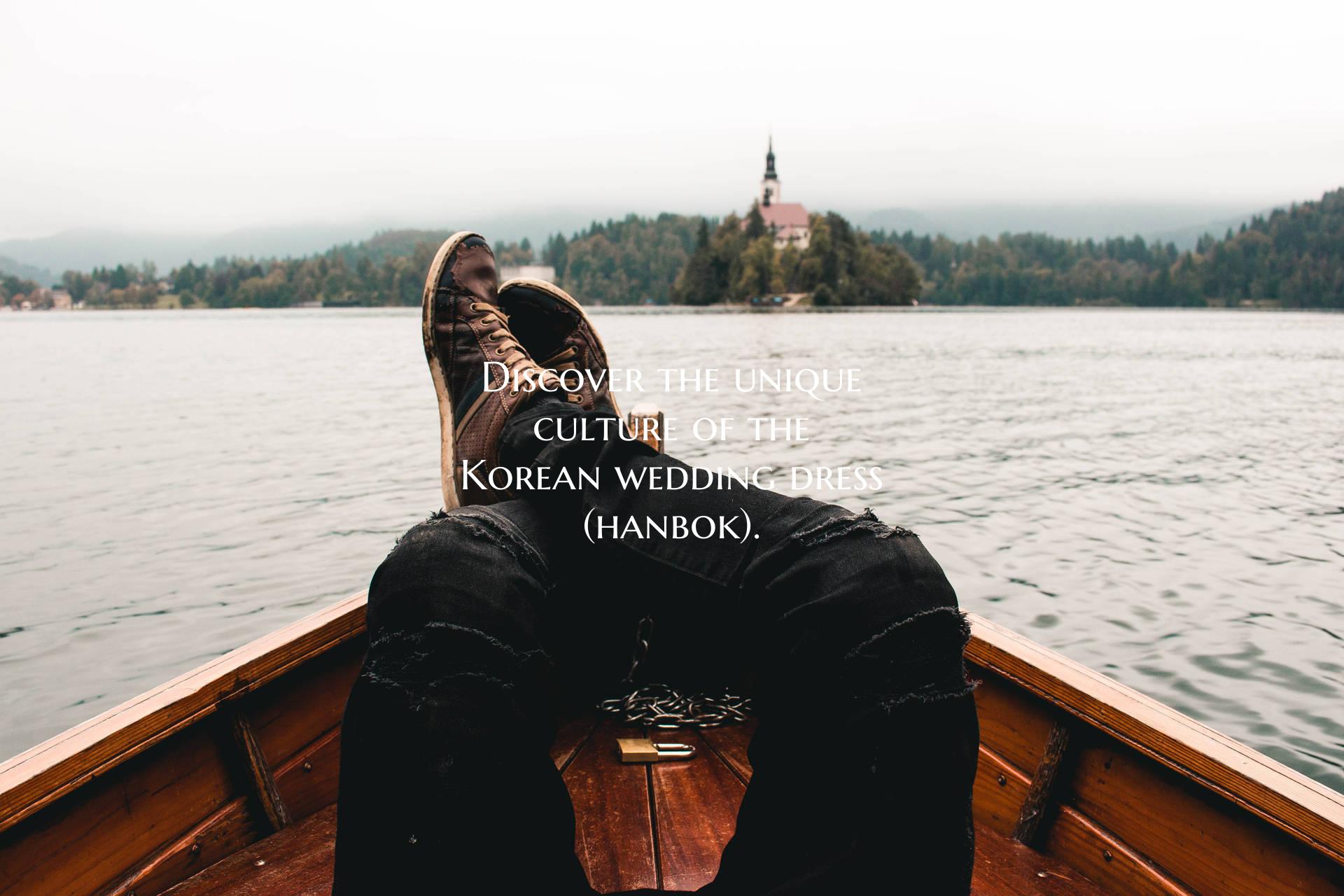
Introduction:
Korean weddings are steeped in ancient traditions and rich cultural customs that have been preserved and cherished for generations. Central to the Korean wedding ceremony is the traditional attire known as the hanbok. The hanbok is a symbol of Korea's cultural identity and is renowned for its intricate designs, vibrant colors, and deep symbolism. In this article, we will explore the unique cultural significance of the Korean wedding dress, the hanbok.
Historical Background:
The hanbok has a long and storied history dating back over 2,000 years to the Three Kingdoms period in Korea. Originally worn by royalty and aristocrats, the hanbok has evolved over time to become the quintessential attire for special occasions such as weddings, celebrations, and traditional ceremonies. The hanbok features a distinctive silhouette with a wrap-around skirt for women and loose-fitting trousers for men, reflecting the elegance and simplicity of Korean aesthetics.
Design and Symbolism:
The hanbok is characterized by its vibrant colors, intricate embroidery, and graceful lines that reflect the natural beauty of Korea's landscapes and seasons. Each element of the hanbok, from the fabric to the accessories, holds symbolic meaning. For example, the colors of the hanbok convey different aspects of the wearer's personality and social status, with bright hues symbolizing joy and prosperity, while muted tones signify humility and respect.
The intricate embroidery and patterns on the hanbok are often inspired by elements of nature such as flowers, birds, and animals, symbolizing blessings, longevity, and prosperity. Accessories such as the norigae (a decorative tassel) and the binyeo (a traditional hairpin) are essential adornments that further enhance the beauty and symbolism of the hanbok.
Modern Adaptations:
While the hanbok maintains its traditional elements, modern adaptations have emerged to cater to contemporary tastes and preferences. Designers have infused the hanbok with innovative styles, fabrics, and patterns to appeal to a wider audience both in Korea and around the world. Hanbok-inspired wedding dresses have become increasingly popular among brides seeking a fusion of tradition and modernity on their special day.
Conclusion:
The Korean wedding dress, hanbok, embodies the essence of Korea's rich cultural heritage and serves as a poignant reminder of the country's history and traditions. With its timeless beauty, symbolic significance, and enduring appeal, the hanbok continues to captivate and inspire all who have the privilege of experiencing its magic. Whether worn by brides and grooms on their wedding day or showcased in cultural exhibitions and performances, the hanbok remains a cherished symbol of Korea's unique cultural identity.